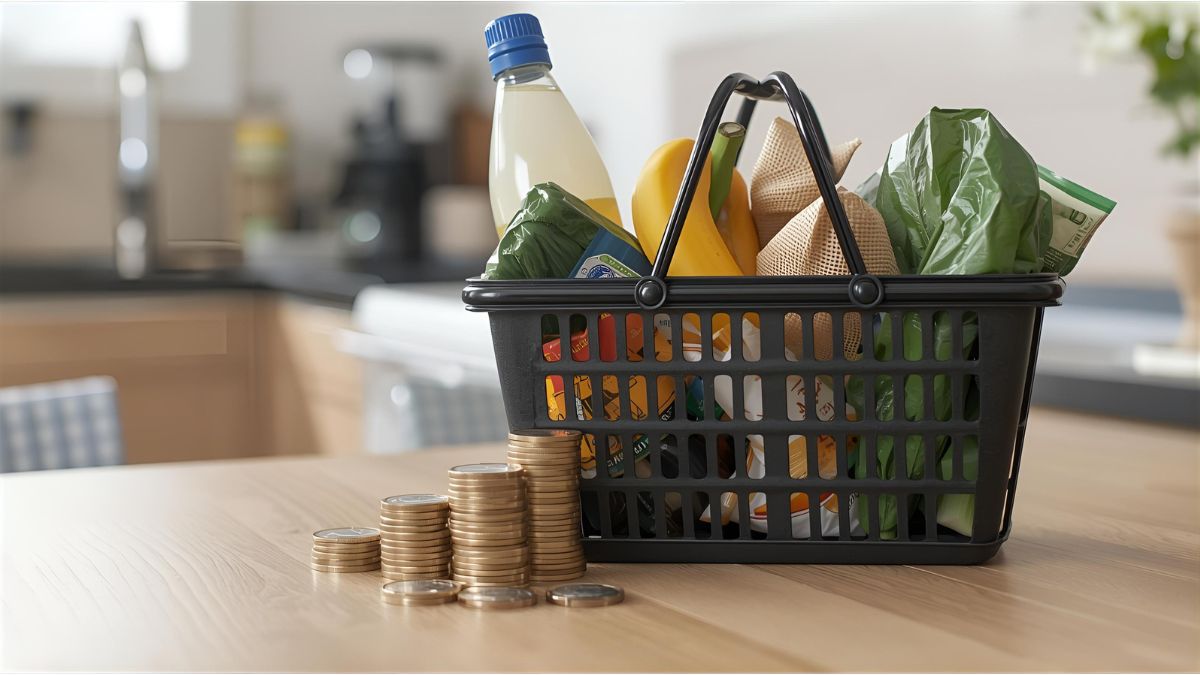“Everything costs more.” That phrase has become part of daily conversation across Germany — not only among lower-income households but also among people considered comfortably middle class. Many say they earn a decent wage but still end each month with less left over.
On a parking lot in Munich, school assistant André Freitag loads groceries into his car. He lives in Schwabing with his two children and says he feels the squeeze: “Prices, especially rents, have risen faster than income. It’s the same for us.” Like many others, he’s relieved that the family is “still managing somehow,” but admits that saving has become nearly impossible.
Middle class under pressure
According to data from the Institute of the German Economy (IW) and the ifo Institute, around 60 percent of Germans belong to the “middle class.” Economists describe it as the stabilizing core of the nation’s economy — yet its financial breathing room is shrinking.
The reasons differ: where people live, how much they spend on housing, and which lifestyle they maintain. Still, one thing is clear: the feeling of decline isn’t just psychological.
“The feeling doesn’t deceive”
Economist Maximilian Stockhausen from IW explains: “People’s perception isn’t wrong. We’ve come through a period of intense price hikes, especially for energy and food.”
Even if inflation has eased in 2025, households are still operating on roughly the same purchasing power as in 2019. For six decades before that, wages consistently outpaced prices — but that long cycle of growth has now flattened into stagnation.
The numbers behind the feeling
Until 2019, Germans could afford more each year. Between 1960 and 2019, consumer prices rose by a factor of 4.3, but net hourly wages grew 14-fold — tripling purchasing power. Today, real wages have stopped growing. After energy shocks, pandemic disruptions, and global supply issues, real income gains have vanished.
Companies warn: wage hikes reaching limits
Businesses, too, see the strain. Bertram Brossardt, head of the Bavarian Business Association (VBW), calls on the government to lower social security contributions instead of pushing further wage increases. “We’ve had significant pay raises in 2024 and 2025, so real income is recovering somewhat,” he says. “But overall, it’s still unsatisfactory — especially for the middle class.”
Why people still feel poorer
Economists say that headline inflation hides important details. Energy prices have dropped from the 2022 peak — but everyday essentials like food, rent, and restaurant meals keep climbing. For many households, these are the items they buy and see daily, so they shape how expensive life feels.
Even if consumer electronics or flights have become cheaper, bread, milk, and olive oil have not. Food prices have surged: cocoa powder is up 60 percent, olive oil 37 percent, and vegetables 30 percent compared with August 2022.
The Bavarian pretzel as a price barometer
Nowhere is inflation felt more personally than at the bakery counter. In Munich, a classic Bavarian pretzel that cost €0.40 in 2001 and €0.70 in 2019 now sells for €0.95. That small example captures a larger truth: wages may have risen, but daily life continues to chip away at disposable income.
The bottom line
Germany’s middle class is not poorer than it was six years ago, but it’s also no richer. After decades of steady prosperity, the curve has flattened. The combination of stagnant real wages, rising housing costs, and inflation in everyday essentials leaves many families feeling like they’re running harder just to stand still.
Until real wages once again grow faster than living costs, the sense of “having less left at the end of the month” will remain — and, for many, it will feel entirely justified.









